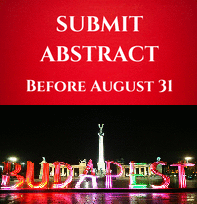
James I-Sheng Huang
Chung Shan Medical University, Taiwan
Title: Hemodynamic changes during dental procedures suggest a trigeminocardiac reflex
Biography
Biography: James I-Sheng Huang
Abstract
Background/Purpose: Trigeminocardiac reflex (TCR) is a unique clinical incident of acute change in hemodynamic balance, which may lead to hypotension, bradycardia, and even clinical crisis. To date, no study evaluated the impact of non-surgical root canal treatment (NSRCT) of irreversible pulpitis teeth, cavitary filling, or implantation under either local infiltration or block anesthesia on hemodynamic changes. Methods: We enrolled 111 patients with 138 irreversible pulpitis teeth that were treated by two sessions of NSRCT. The first session involved mainly the removal of vital pulp tissue with the direct stimulation of the dental branches of the trigeminal nerve, and the second session included the root canal enlargement and debridement with minimal disturbance to the dental branches of the trigeminal nerve. Vital signs mainly the blood pressure were recorded during both NSRCT sessions. Results: The incidences of NSRCT patients with MABP decrease ≧ 10%, ≧ 15%, or ≧ 20% were all significantly higher in the first NSRCT session than in the second NSRCT session (all the P-values < 0.001). In the first NSRCT session, the incidence of patients with MABP decrease ≧ 10% was significantly associated with tooth type. For both upper and lower teeth,the patients with premolars treated by NSRCR had significantly higher incidences of MABP decrease ≧ 10% than those with either anterior or molar teeth treated by NSRCR (all the P-values < 0.05).
Conclusion: We conclude that vital pulp extirpation may lead to a substantial drop in patient’s blood pressure possibly related to TCR.

